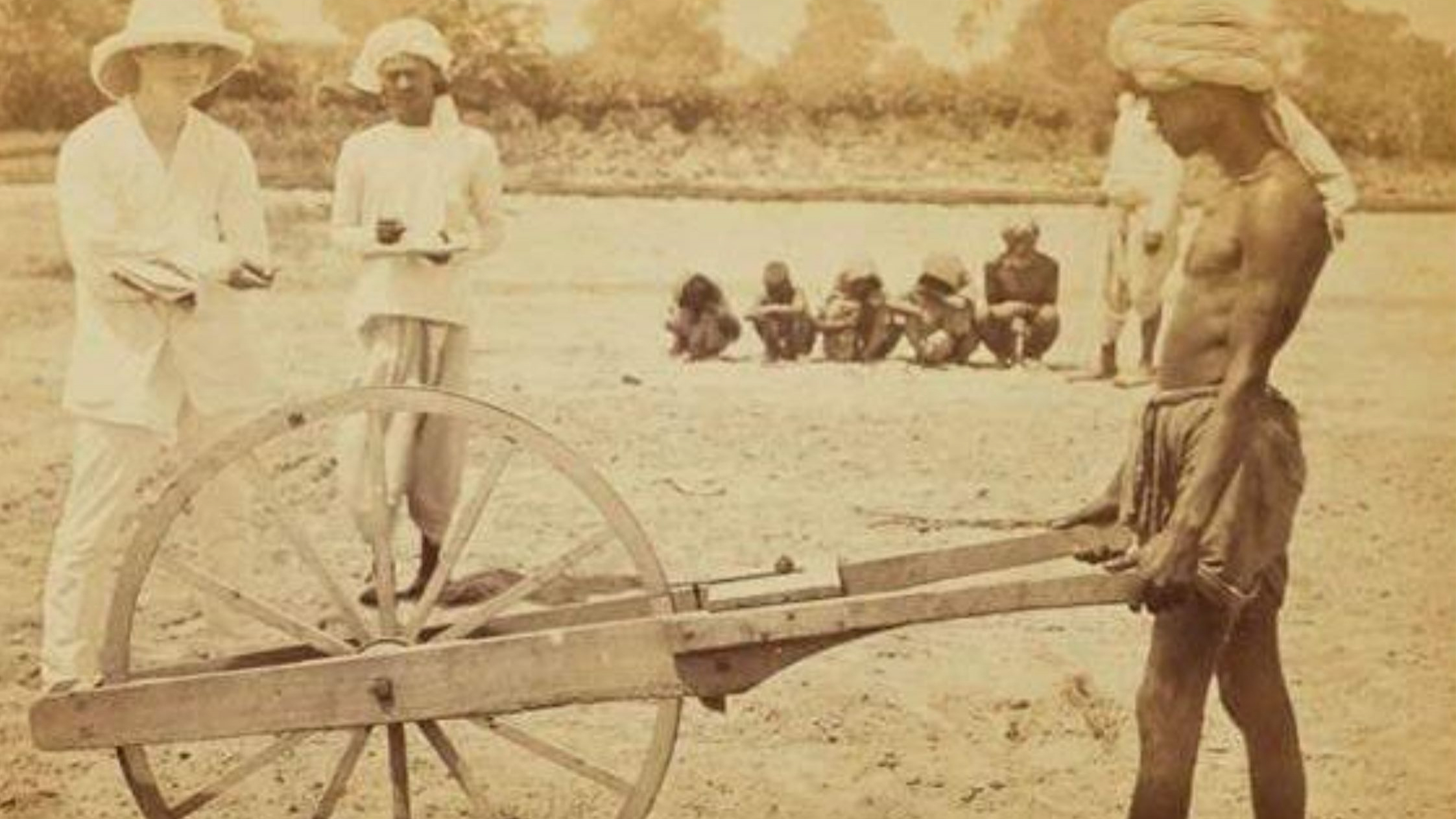By IASMentoring.com India’s agrarian history is marked by repeated waves of peasant resistance against exploitative systems, making peasant movements a vital component of the country’s socio-political evolution. From the colonial era to post-independence struggles, these movements have shaped land reforms, agricultural policy, and rural consciousness. This article explores the major phases of peasant uprisings in India, their causes, characteristics, and impacts on the broader socio-economic fabric. Colonial Era Peasant Movements During British rule, peasants were subjected to high land revenue demands, the introduction of cash crops, and the emergence of intermediaries like zamindars. Several peasant uprisings erupted across India in response to these exploitative policies: 1. Early Peasant Uprisings (18th–19th Century) These included localized, often spontaneous revolts: Sannyasi and Fakir Rebellion (1763–1800): A reaction to famine, heavy taxation, and British interference in Bengal. FOR MORE DETAILS VISIT







